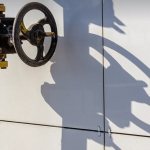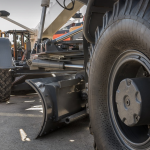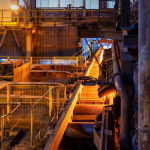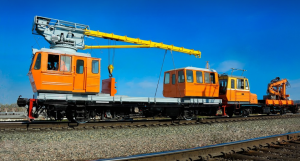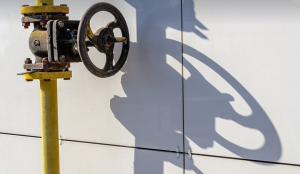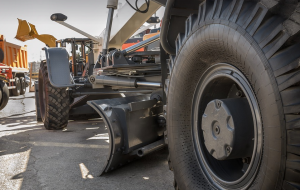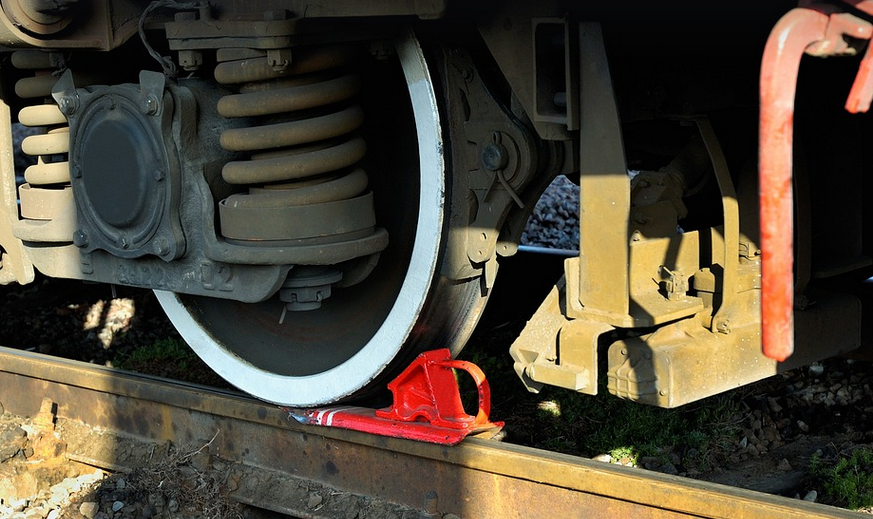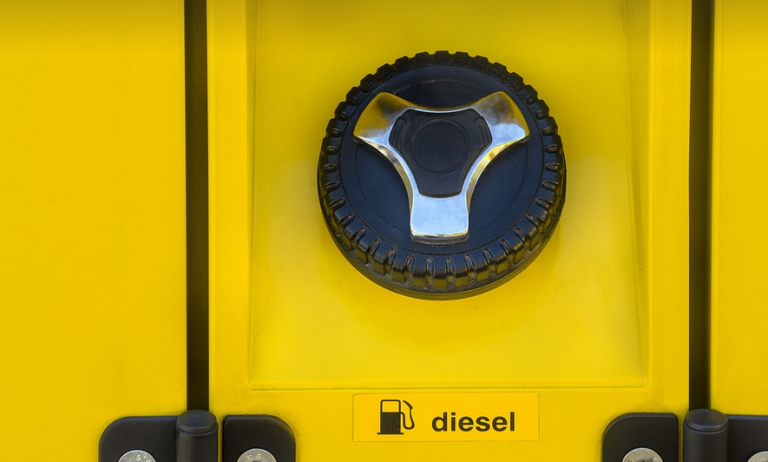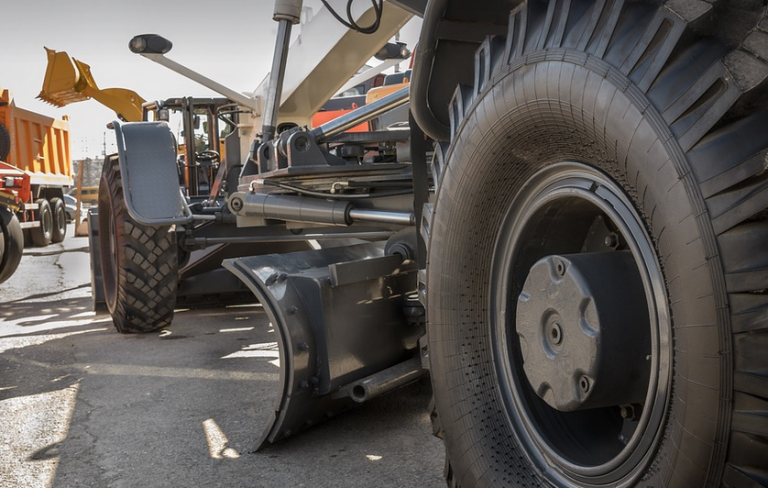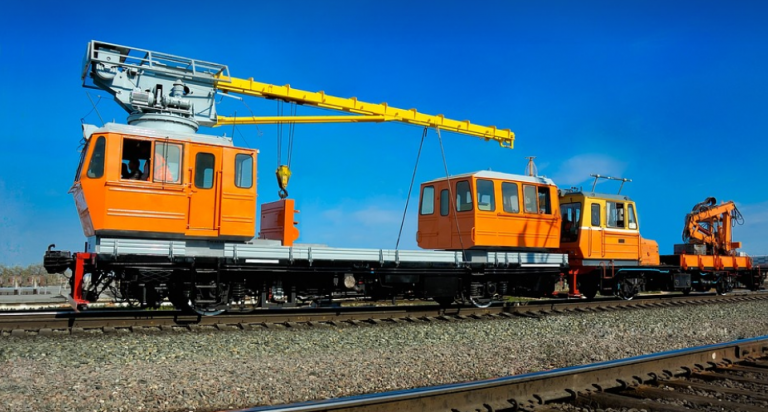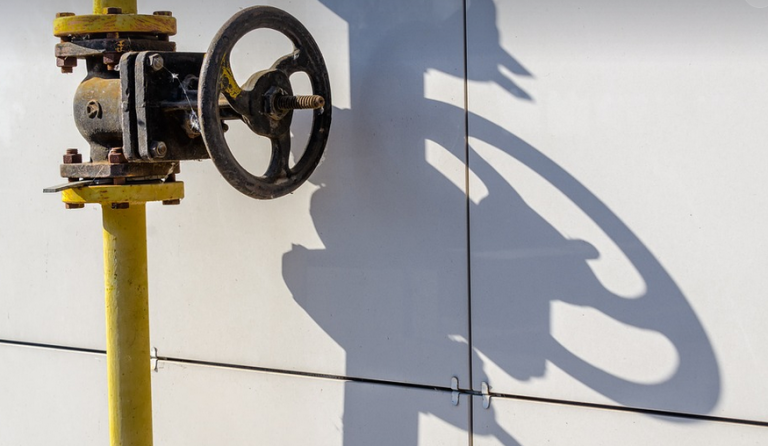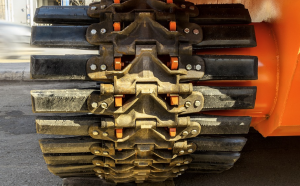What is SMAW?
Shielded metal arc welding, or SMAW as it’s often called, is a fantastically versatile welding process that has been around for ages. Imagine this: you need to join two pieces of metal together, and you want a sturdy bond with minimal hassle. Now, imagine using a device that heats the metals up and allows them to fuse together, all under your control! That’s exactly what SMAW does. It involves using a welding electrode coated in flux as a shield against atmospheric contamination, and it delivers excellent results in many different situations.
How Does It Work?
The process starts with carefully positioning the welding electrode on the metal workpiece. As the electrode makes contact with the work piece, a controlled arc is struck between the electrode’s tip and the base metal. This creates an electric arc that melts the metals in a localized area and fuses them together.
The flux coating on the electrode plays a crucial role in this process. It acts like a protective barrier against corrosive elements from the surrounding environment, such as moisture or oxygen. In essence, it helps create a safe and efficient welding environment by shielding the molten metal from oxidizing and becoming weak. This allows for more consistent weld beads that are strong and durable.
The welder controls the arc length and travel speed to achieve the desired penetration depth and bead shape. It’s all about precision!
Why is SMAW so Popular?
There’s a good reason SMAW remains a popular choice in various welding applications, from skilled professionals to hobbyists:
**Versatility:** This process can be used on a broad range of metals, including steel, aluminum, and even some stainless steels. It’s perfect for projects where precise control is crucial, such as pipe-fitting, bridge construction, or fabricating heavy equipment.
**Ease of Use:** The relatively low cost and simplicity of the SMAW setup make it a great choice for beginners. It doesn’t require fancy equipment or intricate procedures – just a basic understanding of basic welding principles!
**Workability:** SMAW offers excellent weld bead control, enabling users to create smooth, uniform welds. The ability to manipulate the electrode and adjust the welding speed allows for precise tailoring of the weld penetration and bead shapes.
**Accessibility:** SMAW is readily available through a wide range of manufacturers and suppliers, making it easily accessible even in remote locations where specialized equipment may be challenging to procure.
Chapter 6: A Deeper Dive into SMAW Techniques
Now, let’s dive deeper into the specifics. This could include information on various techniques used for welding with SMAW, such as:
- **Flat Welding:** Creating strong welds on flat surfaces like plates and sheets.
- **Pipe Welding:** Joining pipes of varying sizes using specific welding techniques (this might be covered in a separate chapter).
- **Overhead Welding:** Working with elevated workpieces and maintaining control over the arc.
Chapter 6 provides detailed explanations on how to apply these welding techniques effectively, ensuring high-quality welds.
Safety First: The Importance of Handling SMAW Equipment
SMAW equipment can be dangerous if not handled with utmost care. Always prioritize safety! Before starting any work, remember:
- **Protective Gear:** This includes welding helmets, leather gloves and appropriate clothing to protect you from sparks, arc rays, and other hazards.
- **Ventilation:** Good ventilation is crucial to prevent fumes and harmful gases from building up in the work area.
- **Electrical Safety:** Ensure that your electrical setup adheres to safety standards. Only use qualified personnel for setting up and operating SMAW equipment.
You can find more detailed information about various welding procedures, safety protocols, and troubleshooting tips in Chapter 6.
The Future of SMAW: Progressing with Technology
SMAW is not a technology from the past – it continues to evolve. New developments are constantly coming into play, such as:
- **Electric Power Shielded Metal Arc Welding (EW-SMAW):** This alternative employs electric power to create the arc, offering improved arc control and reduced spatter.
- **Remote SMAW (RSMAW):** This innovative technique allows for welding from a safe distance, reducing operator exposure.
These advancements make SMAW even more user-friendly and efficient in the future, paving the way for new applications and innovations.

